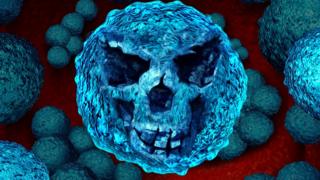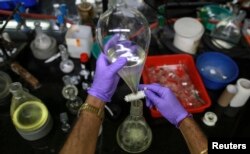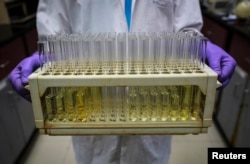Confounding
Gold Member
- Jan 31, 2016
- 7,073
- 1,557
- 280
- Banned
- #1
This sounds very promising.
http://phys.org/news/2016-02-scientists-pave-superbug-drugs.html
Scientists at the University of East Anglia are getting closer to solving the problem of antibiotic resistance. New research published today in the journal Nature reveals the mechanism by which drug-resistant bacterial cells maintain a defensive barrier. The findings pave the way for a new wave of drugs that kill superbugs by bringing down their defensive walls rather than attacking the bacteria itself. It means that in future, bacteria may not develop drug-resistance at all.
http://phys.org/news/2016-02-scientists-pave-superbug-drugs.html
Scientists at the University of East Anglia are getting closer to solving the problem of antibiotic resistance. New research published today in the journal Nature reveals the mechanism by which drug-resistant bacterial cells maintain a defensive barrier. The findings pave the way for a new wave of drugs that kill superbugs by bringing down their defensive walls rather than attacking the bacteria itself. It means that in future, bacteria may not develop drug-resistance at all.



